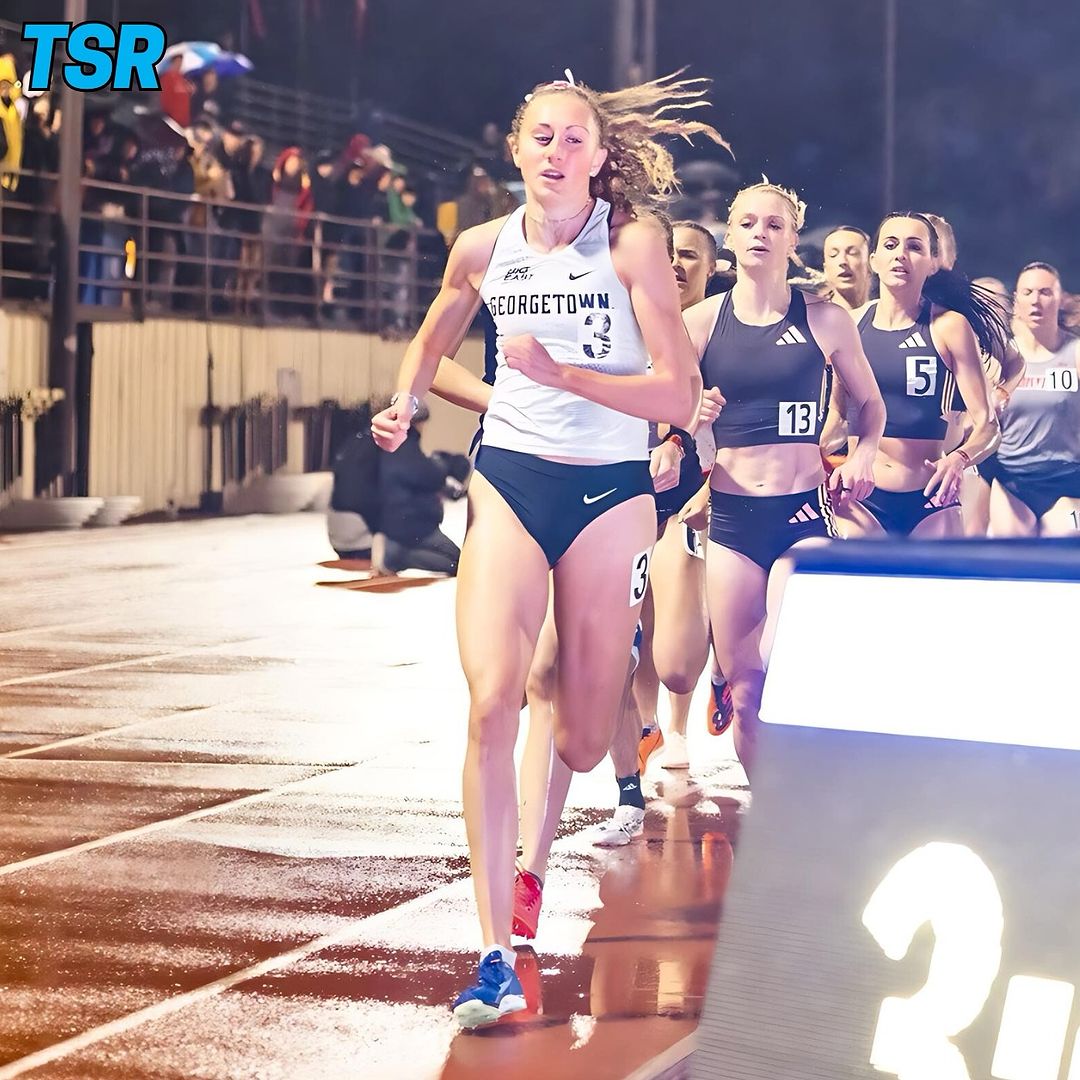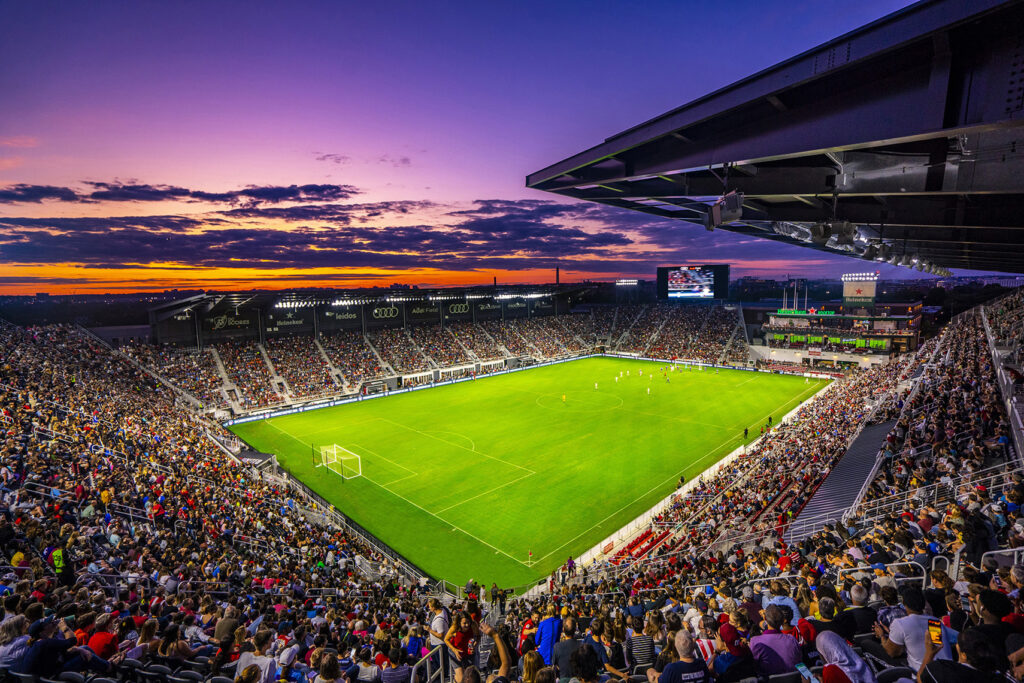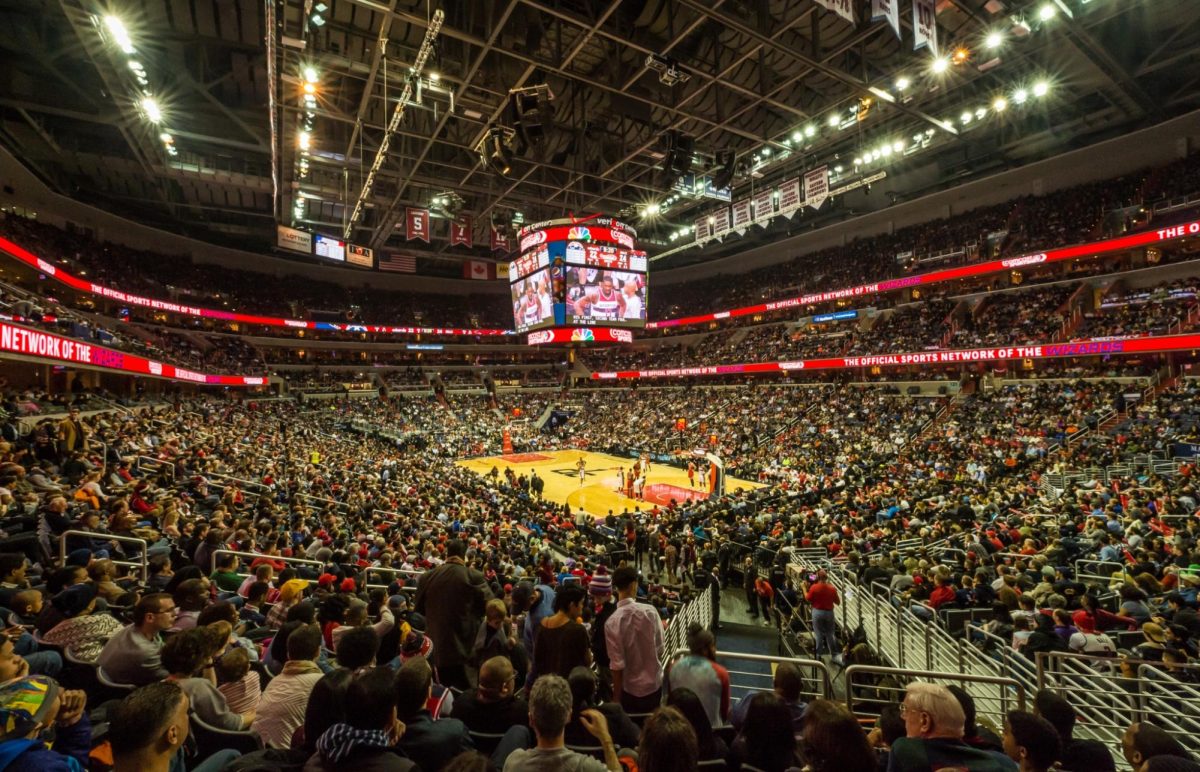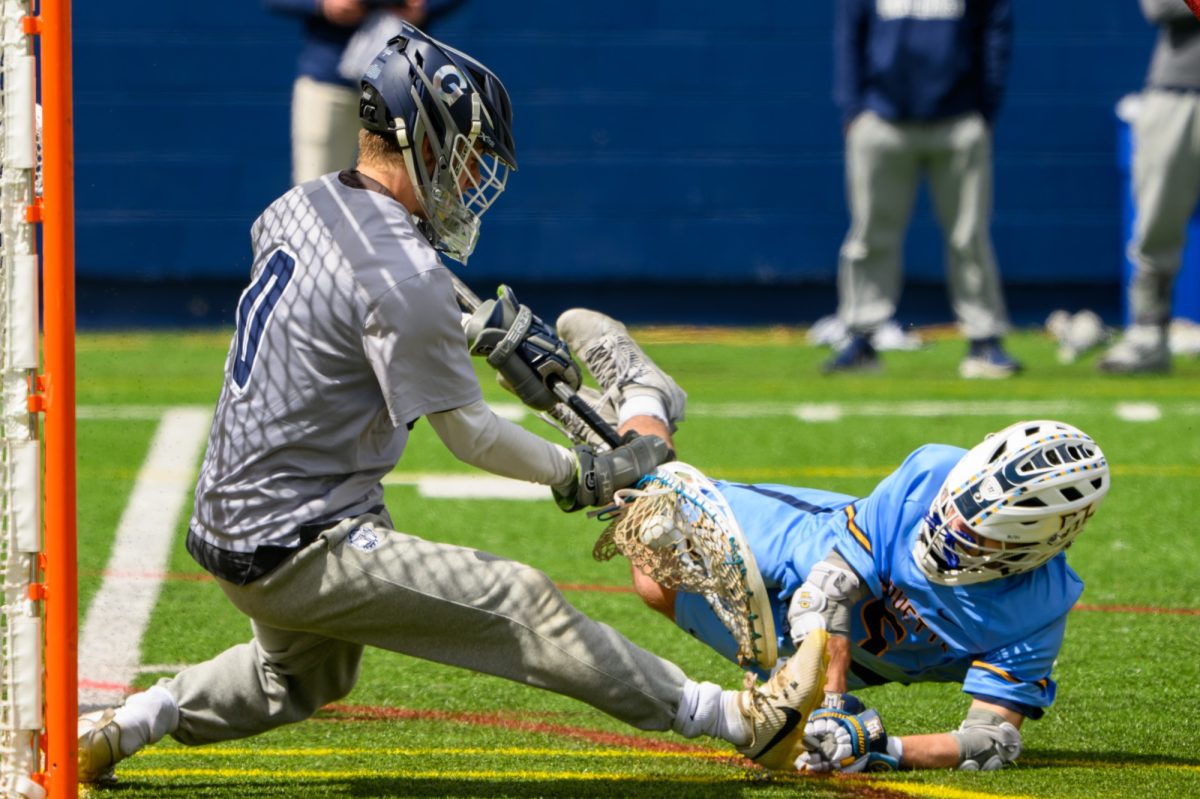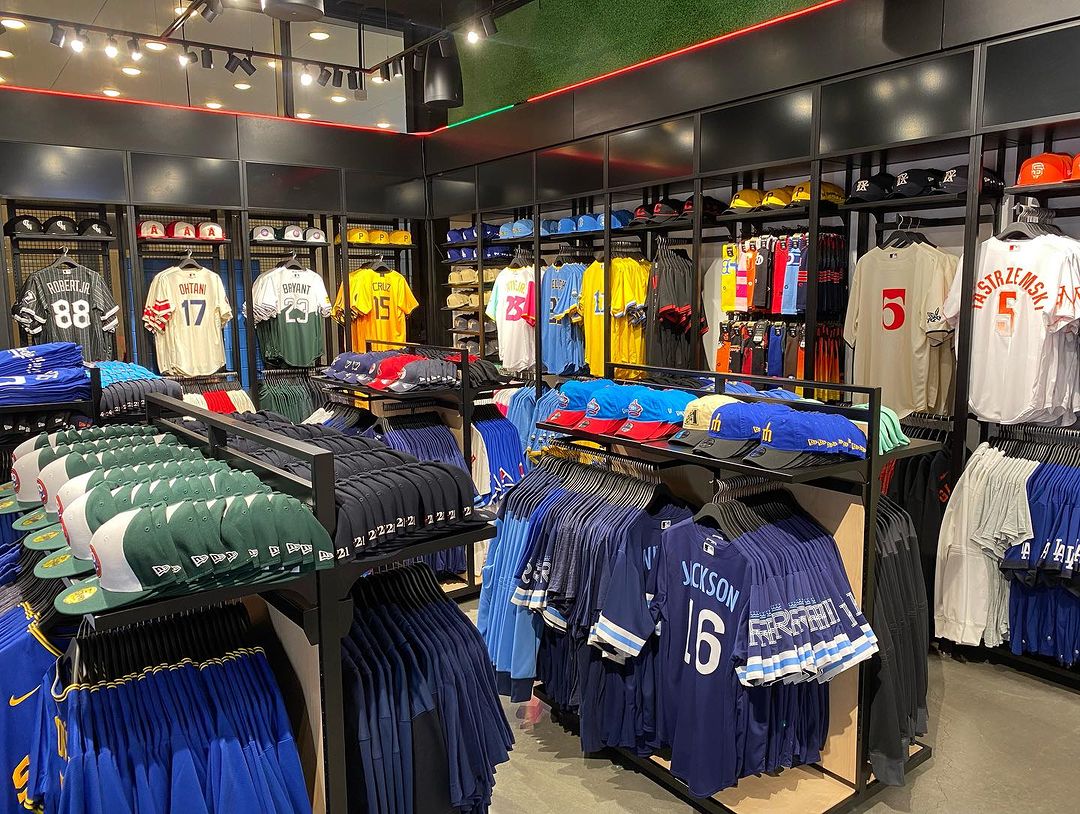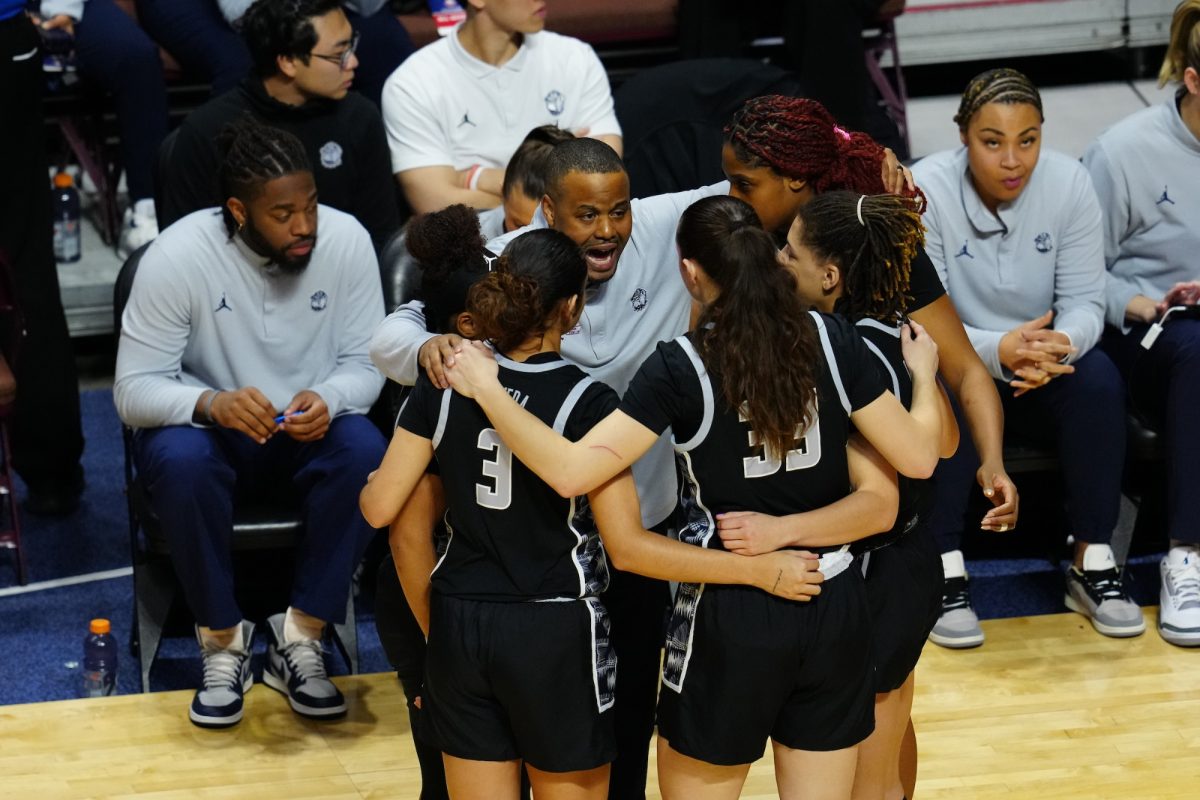As the college football season was winding down in December, NFL draft analyst Mel Kiper Jr. suggested this year might be the first in recent memory in which no quarterback deserved to be drafted in the first round. Kiper’s sidekick, Todd McShay, even went as far to call this year’s class of signal-callers “wildly disappointing,” as numerous highly touted gunslingers failed to live up to their potential.
It is now five months later, and despite multiple warnings, both the Philadelphia Eagles and Los Angeles Rams have each unloaded a massive bounty of draft picks to claim the top-two spots in the draft. ESPN reports that both teams intend to draft a quarterback.
Case closed — NFL general managers are the most impatient people in sports.
If this catastrophe seems familiar to casual football fans, it is because it should by now. For decades now, in front offices all around the league, NFL general managers have been jumping at the chance to mortgage a franchise’s entire future for the chance to take one stud player for the present.
In 1998, the San Diego Chargers sent two first round picks and a third round pick for Ryan Leaf. One year later, Mike Ditka and the New Orleans Saints traded their entire stock of draft picks, and a first round pick the following year, for Ricky Williams. Five years ago it was the Washington Redskins, trading away three first round picks and a second rounder for Robert Griffin. In total, these are three of the biggest draft trades the NFL has ever seen. Coincidentally, they are also three of the biggest draft busts of all time.
What is most cringe-worthy about general managers making these kinds of desperation deals today is that the blueprint for successful franchises has been laid out for years now — and it does not include lopsided trades for one player. The New England Patriots have been the gold standard for over a decade now. Year in and year out they make use of the abundant draft picks they have, selecting solid talent in each round of the draft, and then patiently waiting for these players to develop.
Since 2002, the Patriots have had a top-10 pick in the draft just once — yet they have been the most dominant franchise of the 21st century. It may have been a four- to six-year building process, but eventually, patience paid dividends in New England in the form of four championship rings.
It is easy to sympathize with the Rams’ and the Eagles’ reasons for wanting a rock-solid franchise saving quarterback now. The Eagles need to put the Chip Kelly era behind them as fast as possible, and the Rams are desperate for an exciting young leader to capture the interest of their new fan base in Southern California. But in both cases, numerous jobs rest on the performance of the next quarterback the front office puts behind center. Such a pivotal decision cannot be made with careless haste.
This is what truly makes the Eagles’ and Rams’ decisions to trade up so mind-boggling. If they really wanted to risk everything on trading up for a franchise quarterback, their golden opportunity is just 12 months away. Not only is this year’s quarterback draft class supposed to be one of the weakest in recent memory, next year’s stock of quarterbacks is poised to be one of the best. Deshaun Watson, Baker Mayfield, J.T. Barrett and Brad Kaaya are all arguably better prospects than Carson Wentz and Jared Goff.
But in NFL general manager time, 12 months is an eternity. Instead of waiting just one year for a deep quarterback class, where there may not have even been a need to trade up at all, Los Angeles and Philadelphia dealt their whole farm for grade B cattle today.
It is not a matter of ineptitude. General managers of NFL teams are some of the most accomplished people in the entire sports industry. Most front-office executives either have significant experience playing in the NFL or an Ivy League graduate degree. Some have both. Almost every NFL general manager has more than 20 years of NFL front-office experience — yet so few seem to possess the golden virtue of patience.
Pressure to instantly gratify fans is real, but until more executives around the league start comprehending the concept of postponing success, Robert Kraft and others are going to keep laughing their way to the Super Bowl. It may be a painful 12 to 36 months, but sometimes waiting a couple years can solidify a franchise for a decade.
 Jimmy McLaughlin is a sophomore in the College. This is the final installment of Upon Further Review.
Jimmy McLaughlin is a sophomore in the College. This is the final installment of Upon Further Review.






